What Is Clothing Packaging?
- Oct 20, 2023

Find out what clothing packaging is and why they're important for your apparel business.
What Is Clothing Packaging?
Clothing packaging involves using materials to enclose and protect garments while making them visually appealing to customers. It’s often the final stage of production and can be categorized into retail packaging and shipping packaging:
- Retail Packaging: Used in-store to enhance product appeal and ease transport. Examples include shopping bags, gift bags, and pouches for smaller items. This type is essential for on-shelf presentation and product photography.
- Shipping Packaging: Used to protect items in transit. Commonly used by online retailers and warehouses, these materials include mailer boxes, poly mailers, and tissue paper.
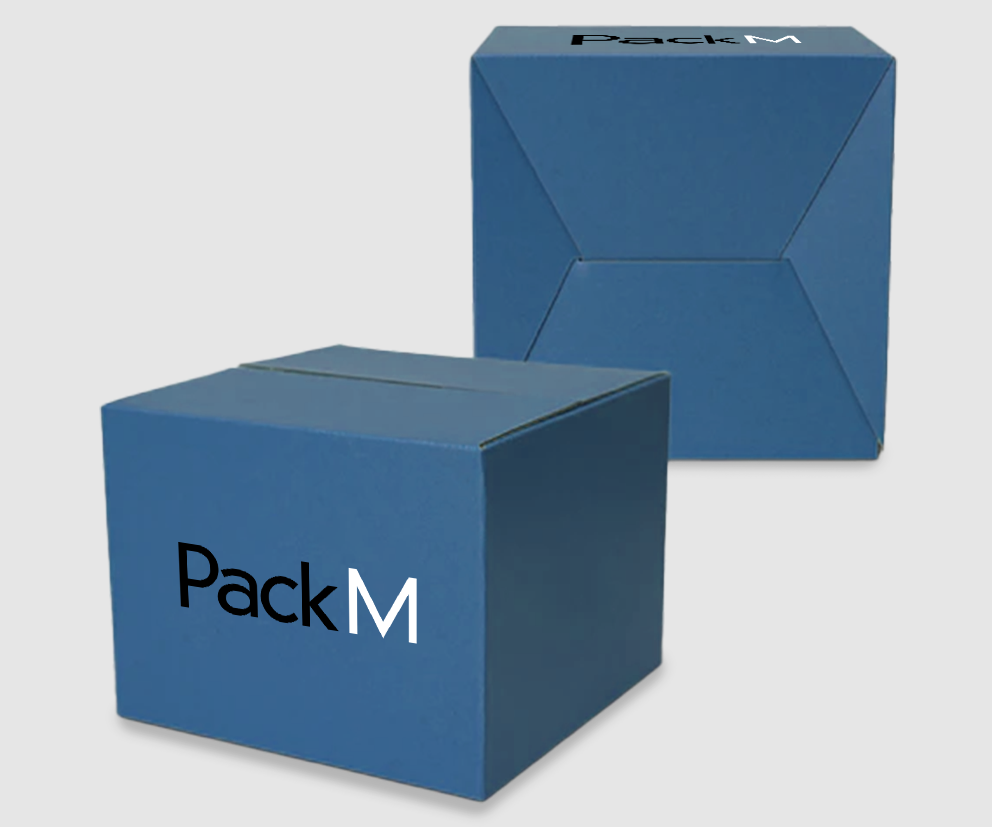

Today, you’ll find out why clothing packages are important and how to use them to make your products shine.
Table of Contents
The Importance of Clothing Packaging
Clothing packaging is a necessity. Every article of clothing sold will have some form of packaging on it. Even when you pick up a shirt off a rack, it will eventually end up in a bag the moment you buy it. The same goes for other fashion products like hats, sweaters, and jackets.
And there are reasons why businesses rely on clothing packaging. Below are just some of the biggest ones.
- Protection
- Safeguards clothing from damage during handling, shipping, or storage.
- Essential for delicate items like baby clothes or formal wear that are prone to staining and tearing.
- Promotion
- Provides an opportunity to feature sales, promotions, or campaigns.
- Design elements like brand logos and colors can attract attention and influence purchasing decisions.
- Brand Identity
- Reinforces brand recognition by including logos, colors, and taglines.
- Distinctive packaging can make your brand memorable among competitors.
- Product Information
- Includes care instructions, material details, and contact information for customer queries.
- Helps ensure proper garment care and builds trust by being transparent about product specifics.
Packaging Products
What sort of packaging products can you use for your clothing business?
Here’s a list of the most commonly used clothing packaging products for retail stores and online sellers.
For Retail
You need These retail packaging materials to display clothing products in your store.
Product Boxes
Product boxes are small containers that can hold small articles of clothing like socks, scarves, bow ties, pocket squares, beanies, or gloves. If you order boxes from a supplier that offers custom sizes, you can make any clothing fit perfectly. This should help with the overall presentation.
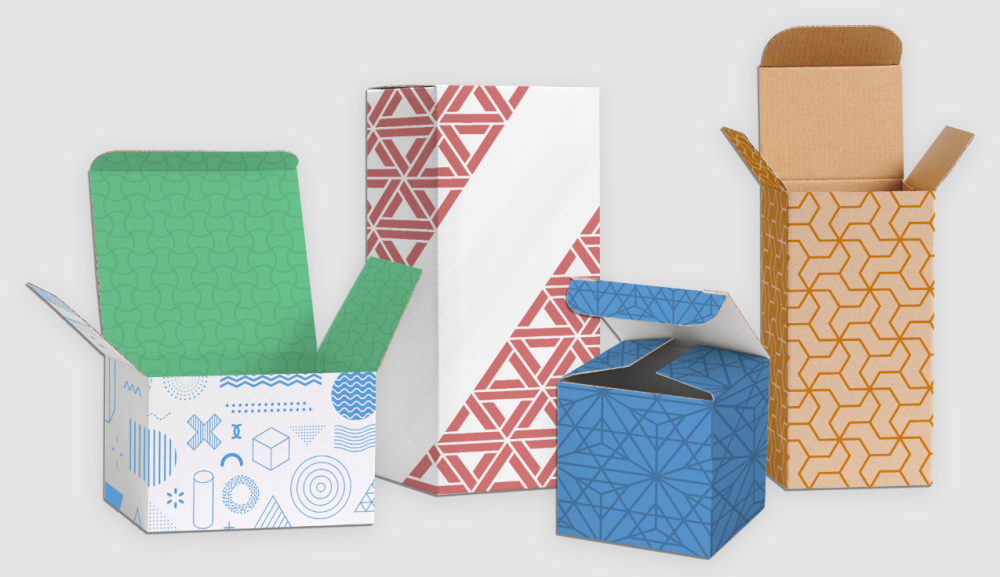

Product Boxes
Shoe Boxes
While not the most obvious choice, you can customize shoe boxes and use them as clothes packaging for items like leg warmers, sarongs, or small bags. They’re especially useful if you’re selling a set of products since you can fit more in there than if you were to use a product box.
Gift Bags
Use gift bags to make it easier for customers to carry all the clothing they bought in your store. These come in multiple sizes so you can make them as big or small as you want.
Shopping Bags
Shopping bags are an alternative to gift bags. Not only do these look simpler and cleaner, but they’re recyclable too. It’s the right choice for eco-friendly clothing brands.
Handle Bags
Handle bags are more durable than paper bags since they’re made of plastic. That means they can withstand water. Customers don’t have to worry about their packages getting destroyed when they carry around plastic handle bags.
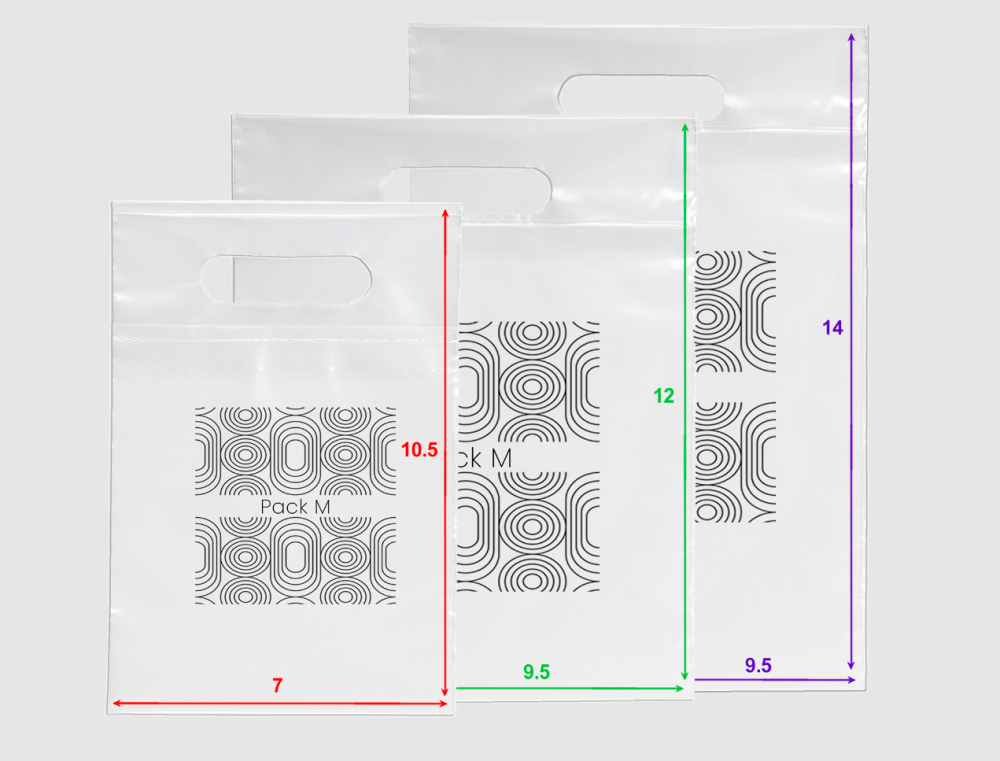

Handle Bags
Tote Bags
Tote bags are both reusable and sturdy. Tote bags are the answer if you can’t decide between paper and plastic bags.
Pouches
Pouches can store small fashion items like premium underwear, stockings, and other accessories. They can make any product look classier when displayed on a shelf or cabinet, especially if you have a great packaging design.
Hang Tags
Attach hang tags to clothes to indicate their price, size, and specifications. Customers refer to these all the time when shopping. They’re fantastic marketing materials too.
There are two types of hang tags: flat and folded. Keep things simple with flat hang tags or use folded hang tags if you need more space.
Labels
Businesses use labels to seal packages to add some flair and branding. Stick them to gift bags to partially close them up. Apply to product boxes so customers can’t open them up without you noticing.
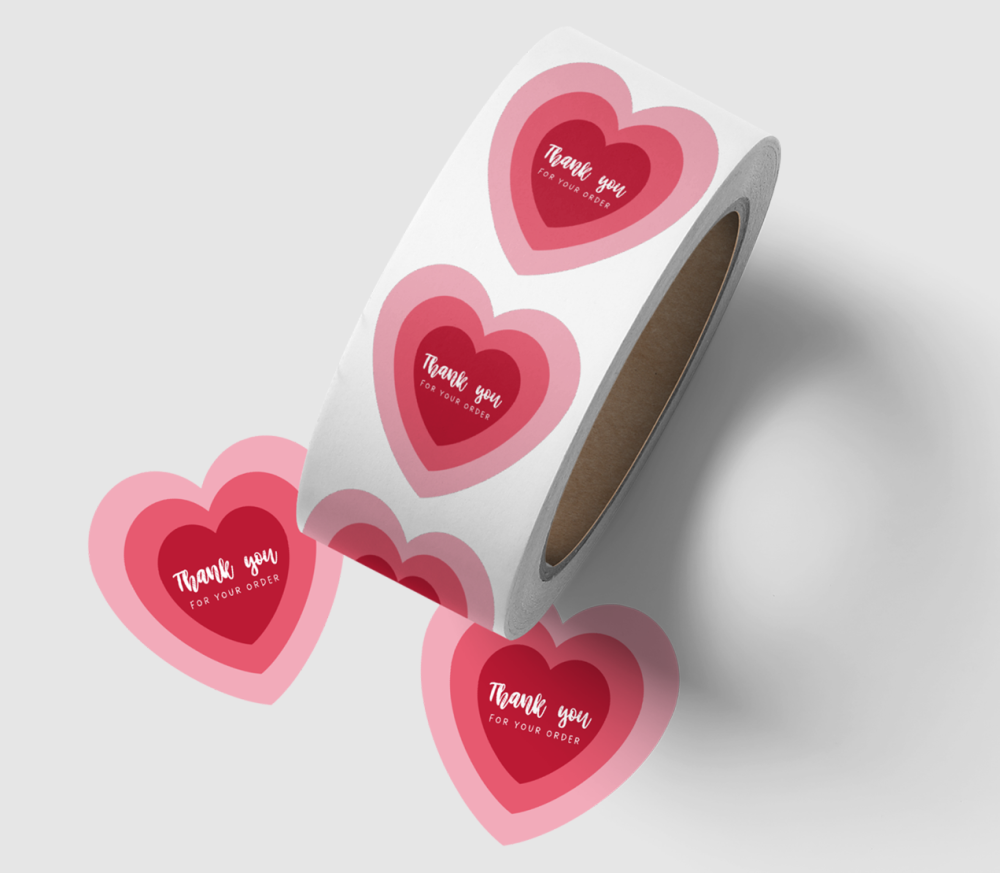

For Shipping
These are the packaging products you need to invest in if you plan on shipping clothes directly to consumers.
Mailer Boxes
Mailer boxes are arguably the best way to ship clothing to customers. They’re sleek, practical, and customizable. Not only can you print your designs on them, but you can also adjust the size to fit your products.
Shipping Boxes
Shipping boxes make transporting bulk orders more efficient. That’s because you can pack more products inside these boxes. They’re designed to take a beating too. Meaning it can withstand issues that are typically associated with shipping.
Poly Mailers
Poly mailers are bags that can comfortably fit shirts, shorts, pants, and other bulky apparel. Place your products inside and they’re ready to ship. So easy to use.
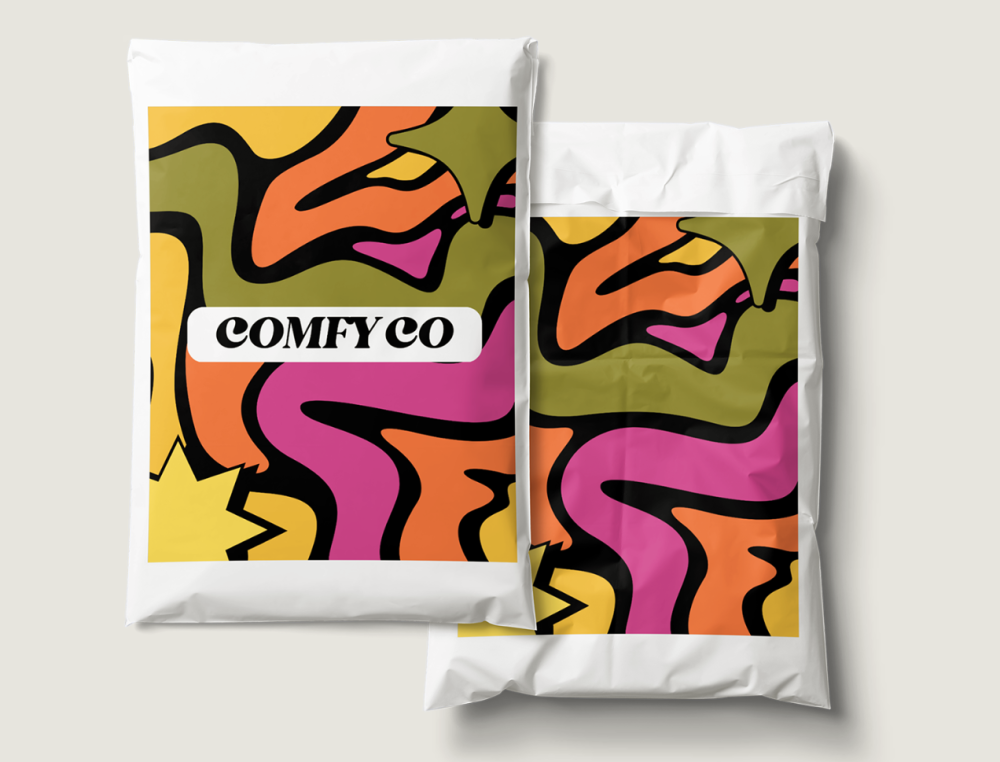

Custom Poly Mailers
Tissue Paper
Tissue paper is something you add inside the packaging to add a second layer of product protection. It also makes the unboxing experience more fun for the customer.
Packaging Tape
Packaging tape is what you use to seal off shipping boxes. While you can use generic tape, customizing your tape has its benefits. For starters, it can make your packages easier to spot in order fulfillment centers. It’s also good for branding.
Flat Cards
While flat cards are optional, business owners like inserting them in packages to send customers a personal message. They’re often used as thank you cards but some add them to relay instructions or announce promotions.
Clothing Packaging Process
After clothing comes off the production line, they’re inspected by QA (quality assurance) to make sure they’re up to standard.
Clothes are then folded and stored until they’re ready for distribution. If needed, someone will tag and label products at this stage.
Before placing garments inside their containers, packers will add inserts and padding if available before finally sealing them off. If there are promotional materials like marketing flyers, they’ll slip these in before closing the packages.
When ready, these clothing packages are sent to retail stores for display or directly to consumers if they order online.
Packaging Considerations
If you’re thinking about what type of packaging design would work for your clothing brand, consider the following points.
- Design: Should align with your brand’s identity, whether minimalistic or vibrant.
- Quality: High-quality packaging reflects well on the brand and leaves a positive impression.
- Eco-Friendliness: Customers appreciate sustainable materials, so consider recyclable options.
- Customization: From size adjustments to inner and outer design options, custom packaging can elevate the customer experience.
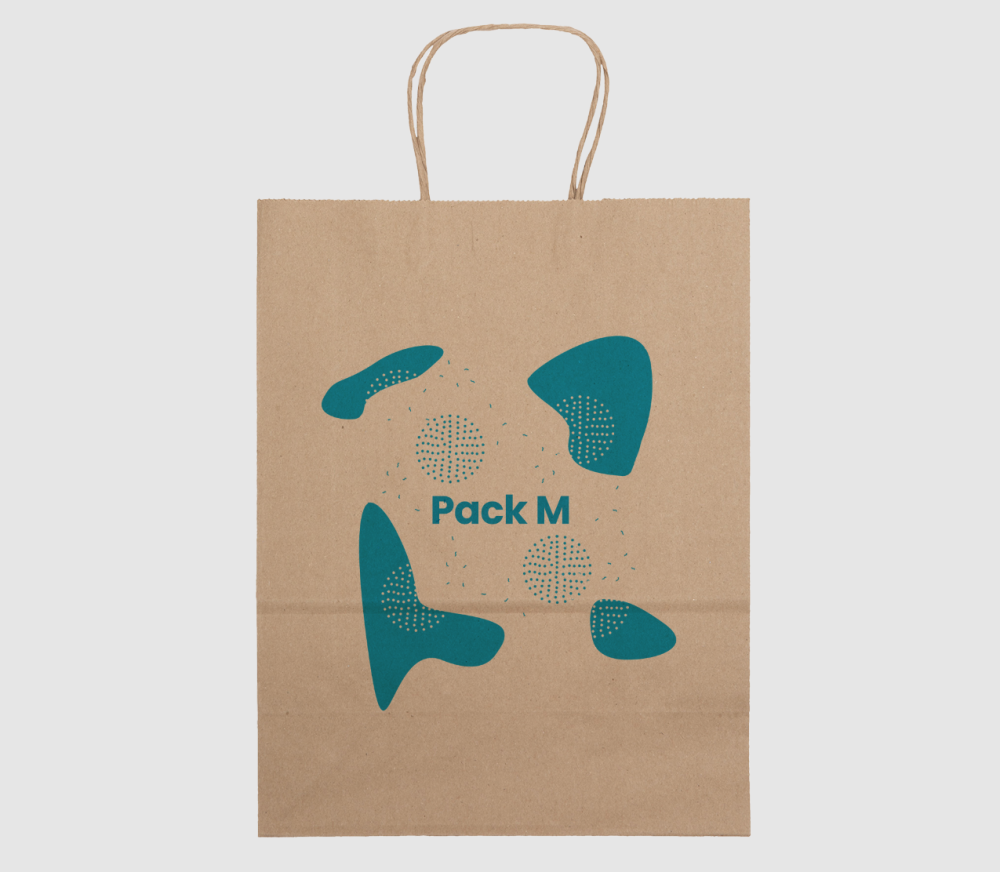

Clothing Packaging Examples
Here are a couple of clothing packaging designs to help you come up with your own.
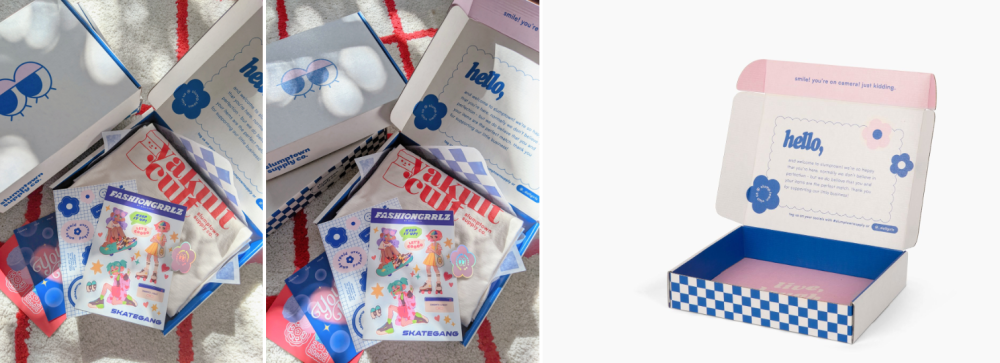

Slumptown Supply Co. uses mailer boxes to deliver t-shirts.
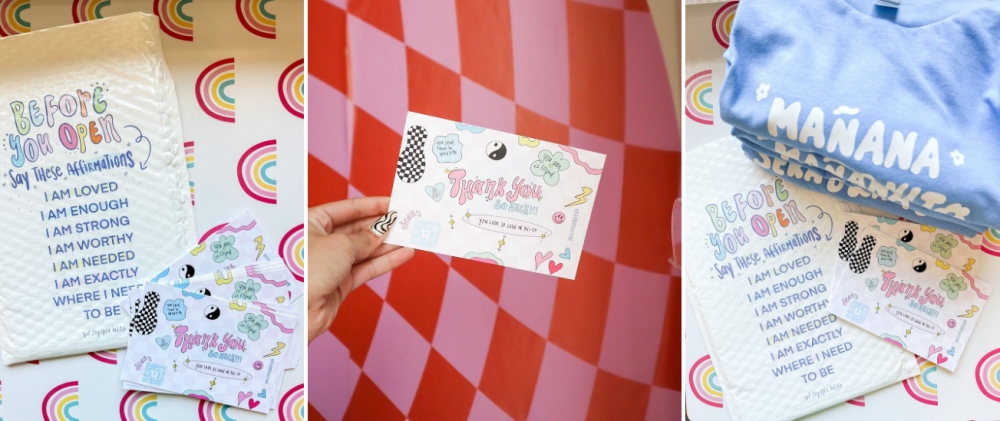

Here’s an example of a thank you card by Yeli Co, an apparel company.
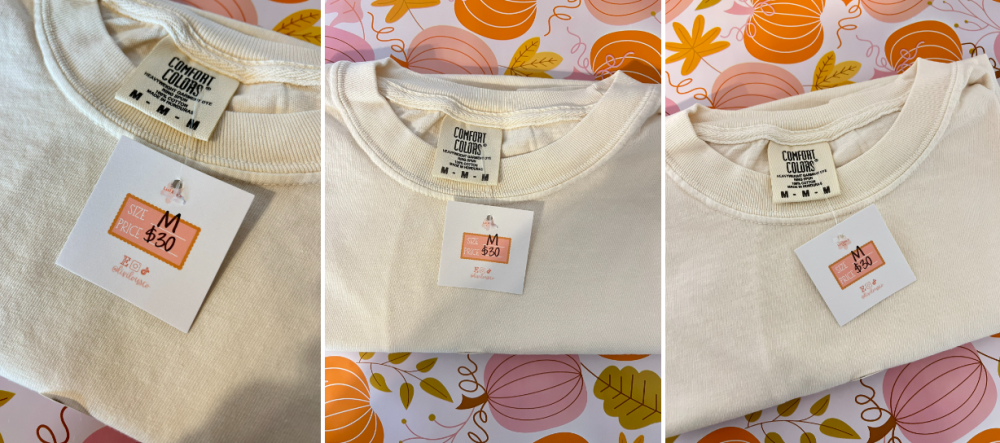

Here’s Livi Lou’s Co. custom t-shirt hang tag design.
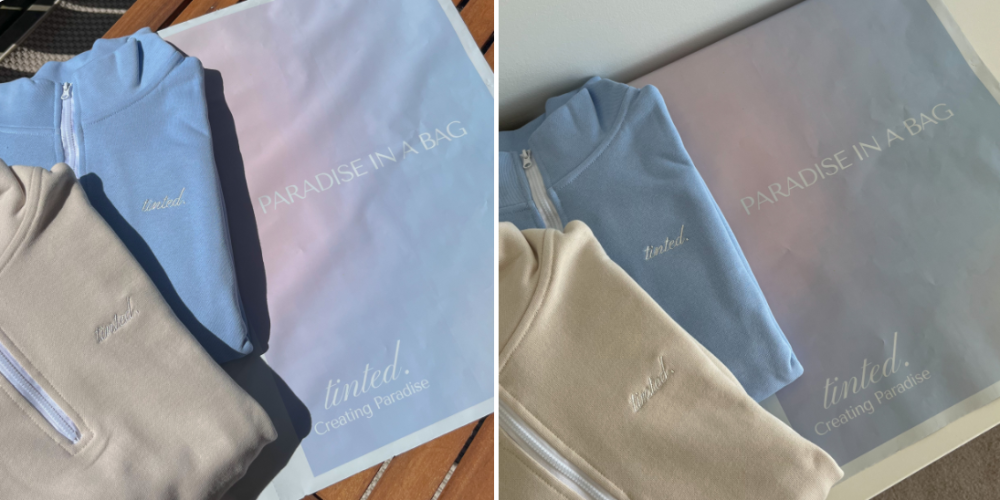

Tinted Apparel used a gradient mailer design that reflected the product well.
There are more product designs available on the PackM Design Hub if you want to see more.
Recap
Clothing packaging protects, promotes, and enhances your brand. It’s essential in both retail and shipping contexts, and the right design will not only safeguard products but also help convey your brand’s personality. Consider high-quality, eco-friendly materials to ensure customer satisfaction and brand appeal.






